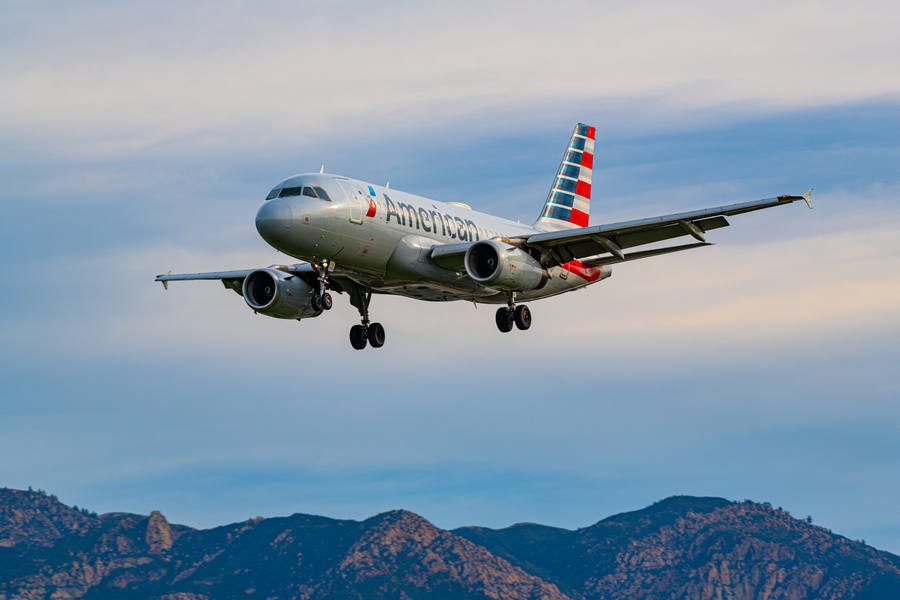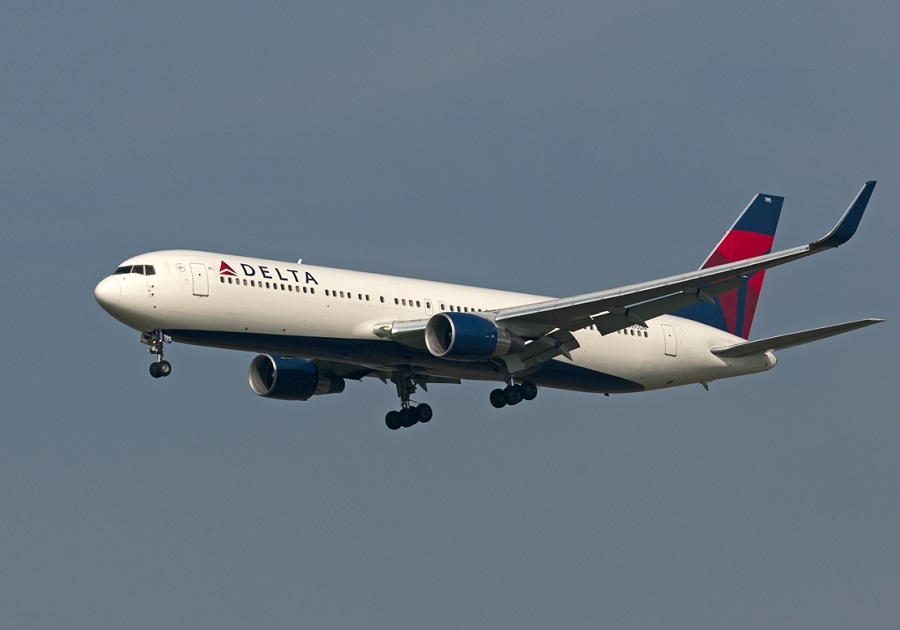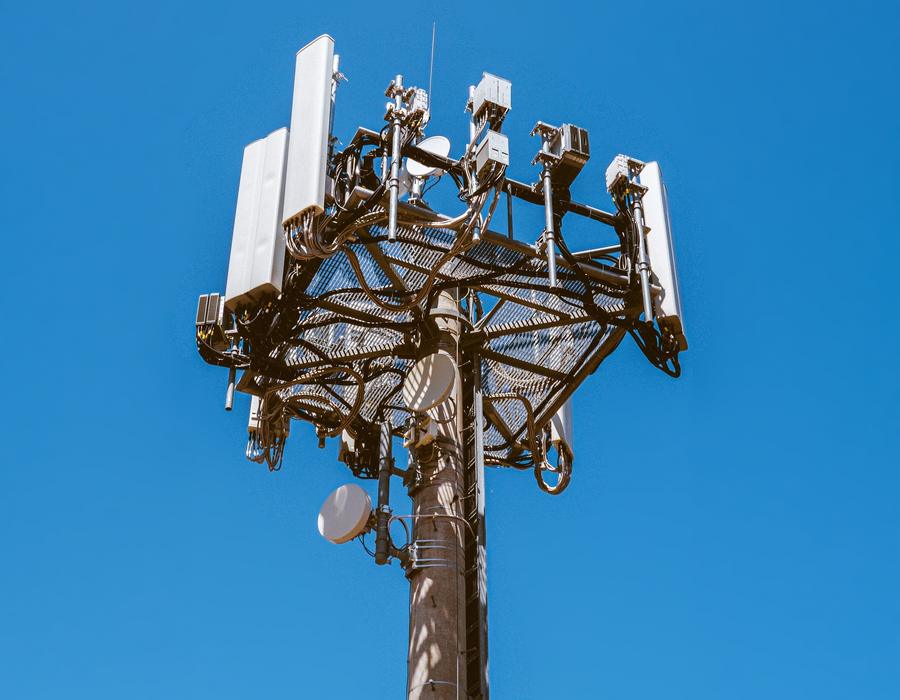Despite the progress made in the past few months, the FAA is warning of more trouble ahead from deployments of 5G towers near US airports.
Very early in 2022, the possibility of new 5G masts entering service near airports briefly threatened to bring aviation to a halt. We have gone over the problem in previous articles (e.g. here). Basically, the frequency of the 5G C-band signal is close to that of what the radio altimeters (aka “radar altimeters”) use.

In other countries, 5G networks operate in slightly lower frequencies, offering a better margin between themselves and aircraft radio altimeters. For many aircraft, the lost or erroneous information from their radio altimeters affects even more key safety systems. Hence the concern of the FAA, the airlines, and others, about 5G deployments near airports.
FAA Eyes Trouble From Other 5G Providers
In reality, this crisis started well before 2022. But the FAA and the FCC (which oversees radio communications and radio band allocations) made a lot of progress on the 5G issue in January. AT&T and Verizon agreed NOT to activate around 500 5G towers near airports for some time, defusing the situation.

But while these two companies are the biggest 5G telecom providers in the country, they are not alone. The FAA now wants to ensure that as many as 19 smaller 5G providers won’t cause similar issues. The issue is that the measures that AT&T and Verizon agreed to, were voluntary in nature. The FAA wants these voluntary mitigations to become mandatory, for these and other telecoms.
The two major telecom providers agreed to delay the launch of 5G service in key locations until July next year. This will give time to the FAA and the airlines to certify and install radio altimeters with filters against 5G signals. Fortunately, a lot of aircraft already had radio altimeters with such filters, even before this crisis.

Not A Technology Issue
The challenge isn’t to design such systems that will fit and work in existing aircraft. The problem is the necessary time to test and certify them for commercial use. For the FAA and other stakeholders, the concern is that AT&T and Verizon could change their plans if smaller 5G providers try to beat them to the market.

There is still plenty to resolve in this issue. But with agencies now cooperating more directly, we will hopefully avoid a repeat of what happened in January. FAA acting Administrator Billy Nolen wrote this in a letter to the National Telecommunications and Information Administration (NTIA):
“Aviation safety would be compromised if the U.S. government does not codify certain additional operating limits in the 5G C-Band environment.”
Other than postponing the activation of certain 5G towers until July 2023, the FAA wants to limit the power of some transmitters. It also wants a bigger margin between the frequencies of 5G transmitters and radio altimeters, in key locations.



